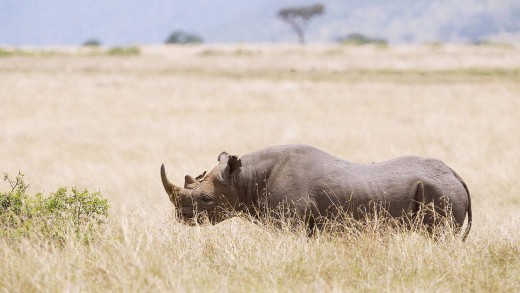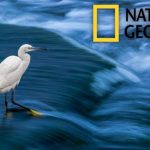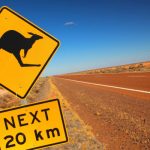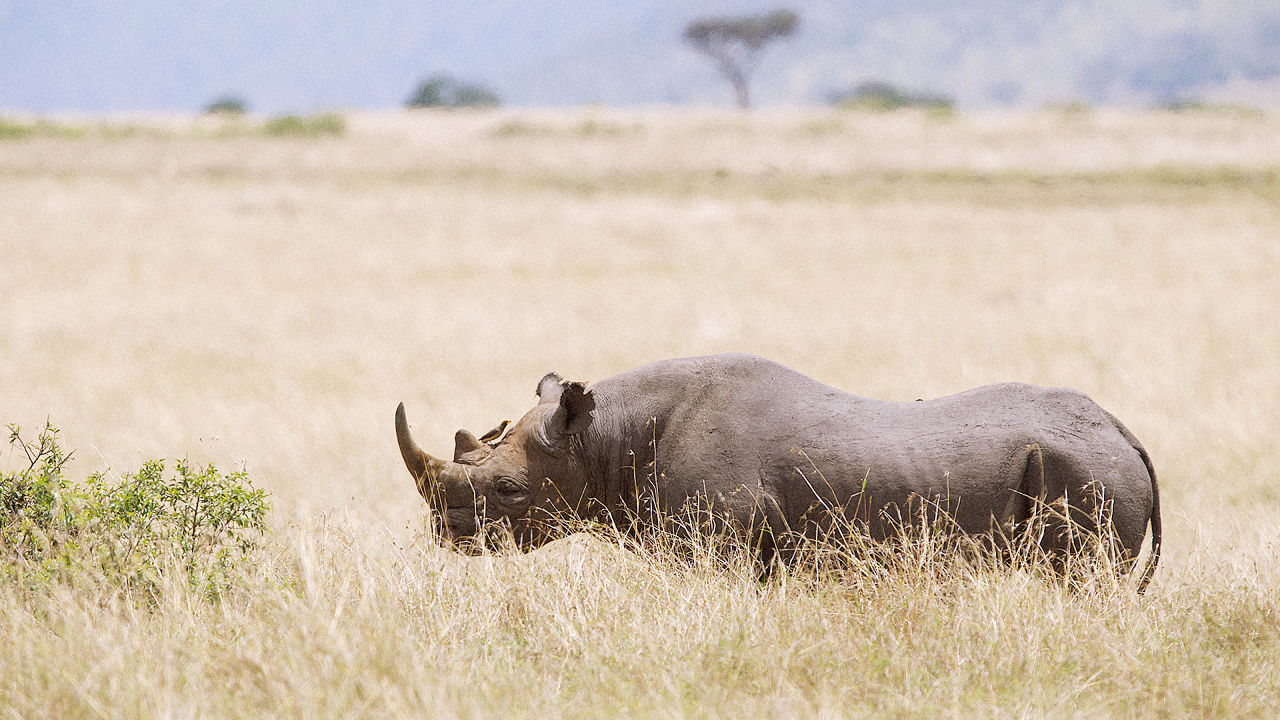here’s What The Earth’s Mammal inhabitants would possibly appear to be If humans by no means Existed
things have modified.
August 25, 2015
When you want to move on a safari, you go to sub-Saharan Africa, the only place on the planet out of doors of a zoo where you can see rhinos, elephants, hippos, and leopards all at once. in line with a new study, this is not as a result of Africa has the greatest climate and setting for these huge mammals, but quite as a result of it is one of the vital only areas the place human activities have now not yet worn out nearly all of animals.
Two maps from the learn about, conducted via researchers from Aarhus university in Denmark, convey how various the arena’s animal species would be if people had never existed.
in the first map, you can find that Africa is nearly the only location on the planet that still has a high variety of enormous mammals.
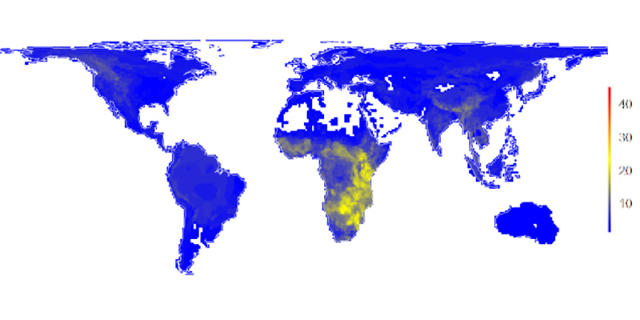
within the 2nd, the researchers have mapped out the pure variety of enormous mammal species like bears, elephants, elk, moose, rhinoceros, tigers, and wolves. that is how habitats would appear in a global without humans.

The maps visualize the variation in the choice of large mammals (ninety nine lbs or higher) that would have came about in an approximate 60 x 60 mile grid. The numbers on the size to the side express the number of species within the area, visualized on the map with completely different colors. To create the map, researchers estimated what each and every species’ habitat would seem with out brand new man’s affect.
whereas the maps themselves aren’t a lot to look at—they look like crudely drawn radar maps—the guidelines they convey is interesting. These researchers have concluded that the extinction of large mammals right through the ultimate Ice Age was due mostly to human expansion, quite than climate or environmental constraints, as scientists had previously idea. With this data, researchers can now analyze natural patterns in species diversity to have a greater working out of learn how to preserve biodiversity in specific areas.
[by means of Gizmodo]
[top picture: Mark Bridger via Shutterstock]
(113)

